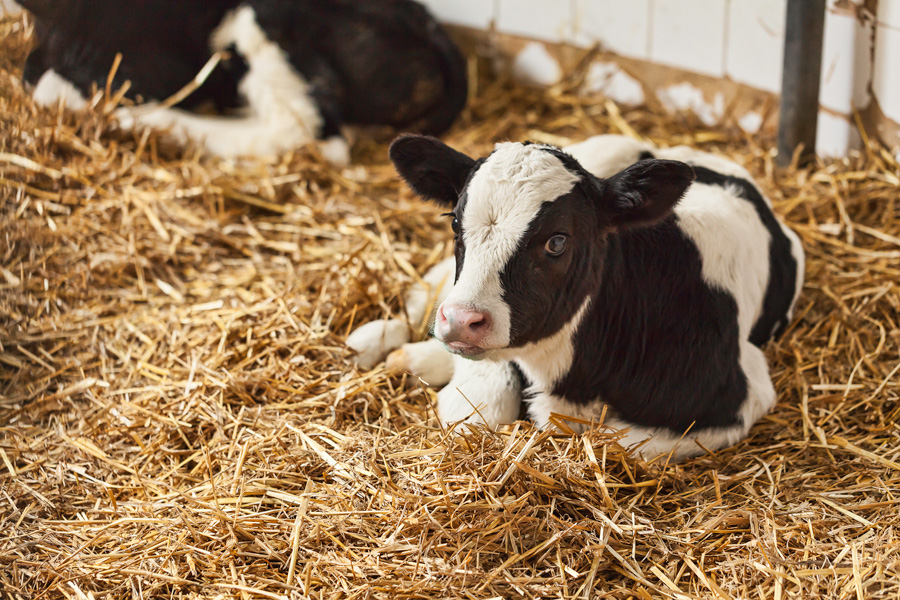
When it comes to managing a dairy herd, infections and inflammation of the cow’s uterus can have negative implications for animal welfare, milk production, and rebreeding capacity. Maintaining uterine health is essential for proper ovarian function and the creation of a uterine environment that is favorable for successful pregnancy. Although all production species can suffer from disruptions to uterine health after parturition, the prevalence of endometritis is notably greater in dairy breeds when compared to other breeds of cattle. Producers should be willing and able to assess uterine health through reproductive records and visual observations (with or without additional tools), and work with their veterinarian for identification and treatment of subclinical cases of endometritis if an issue is apparent. This bulletin provides information on how to minimize the risk of endometritis.

Published by University of Georgia Cooperative Extension. For more information or guidance, contact your local Extension office.
The University of Georgia College of Agricultural and Environmental Sciences (working cooperatively with Fort Valley State University, the U.S. Department of Agriculture, and the counties of Georgia) offers its educational programs, assistance, and materials to all people without regard to age, color, disability, genetic information, national origin, race, religion, sex, or veteran status, and is an Equal Opportunity Institution.
Status and Revision History
- Published on November 26, 2015
- Published with Full Review on March 13, 2019
- Published with Minor Revisions on March 15, 2019
- Published with Full Review on April 12, 2022
What is a Bulletin?
Bulletins represent a major writing effort and cover a broad subject area. They address individual topics in a particular discipline for a specific commodity.
Written and Reviewed by Experts
This resource was written and reviewed by experts. Click below for more information on how we produce science you can trust.






